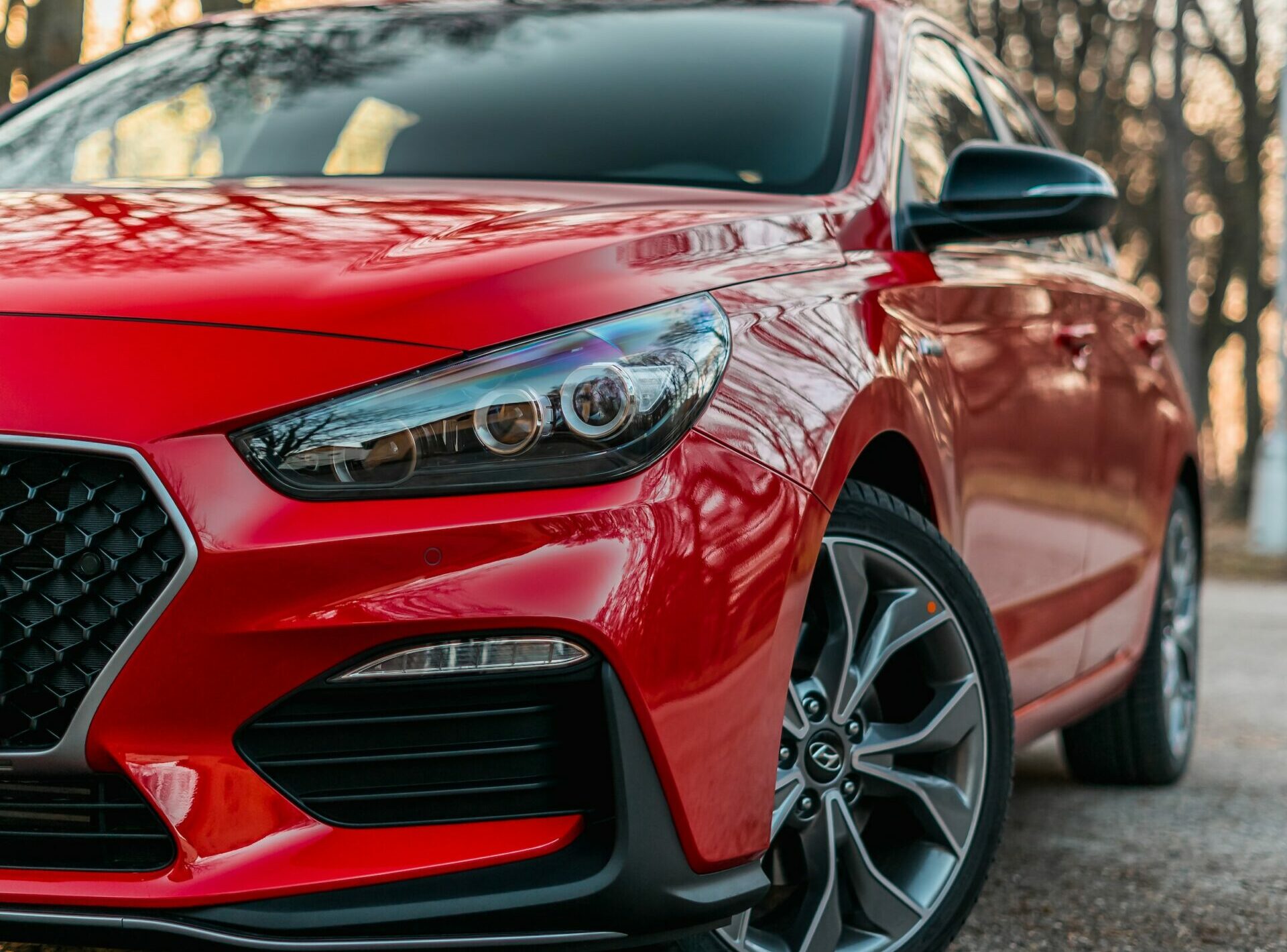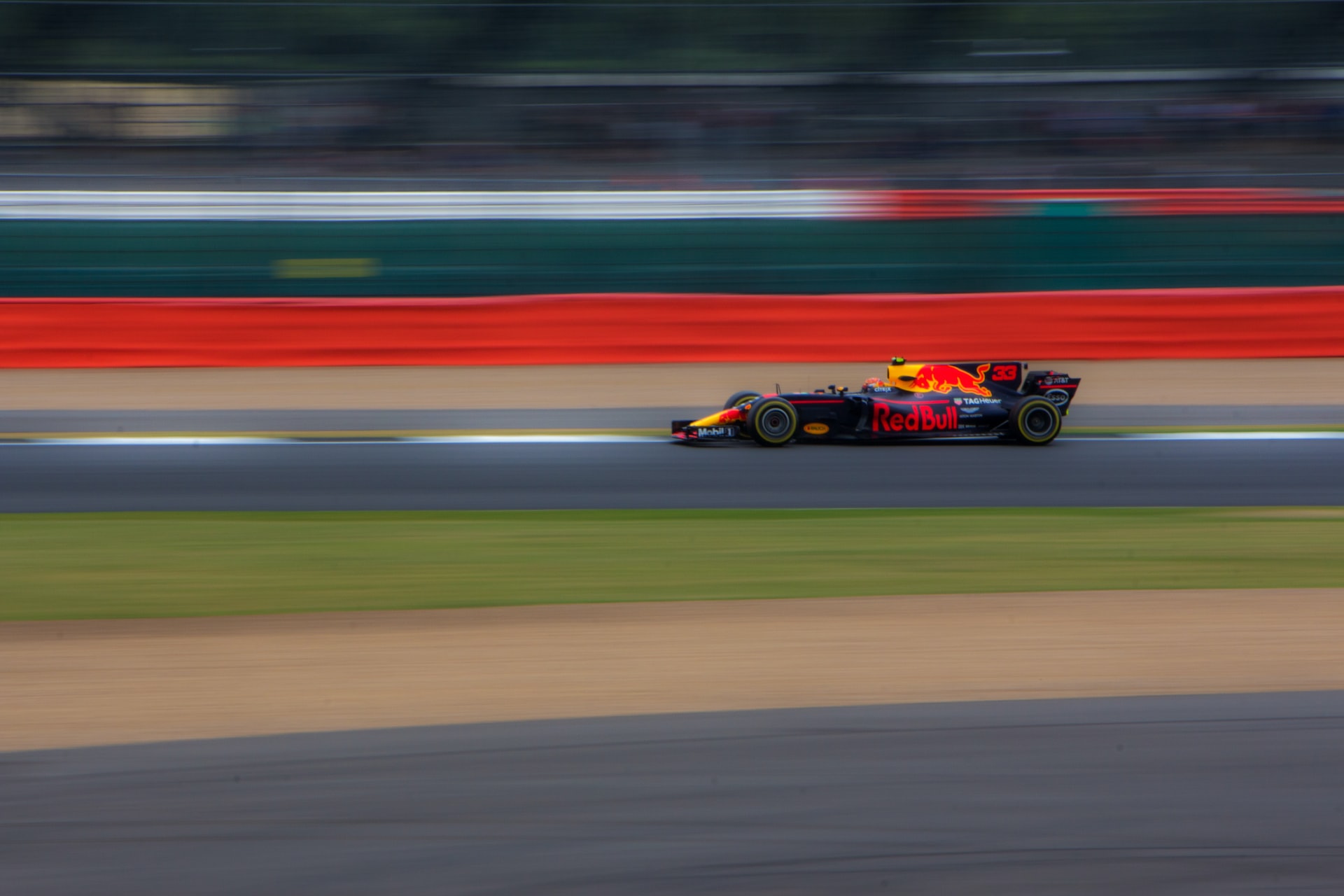Racing has, for many years, mesmerized humans since the production of the first race car in the 1900s. People love the adrenaline thrill associated with the sport and the hefty wins and honors bestowed upon the winner.
Whereas the production of race cars was at first a reserve for world-renowned vehicle manufacturers, things have changed significantly over the decades. Nowadays, people from all walks of life with a thing for racing are assembling racing machines right in their backyards and taking the amateur products to professional races. Perhaps you’re one of them and are wondering where to get started with race car fabrication. This brief guide outlines five essential things you ought to know about race car fabrication.
- You Can Do It Yourself
It’s worth reinforcing this fact that you can fabricate a race car on your own. After all, dozens of other race enthusiasts have done it and have had excellent results. However, it isn’t a walk in the park. You must have the requisite know-how, tools, and equipment for the job.
Start by learning about the basics of racing cars. You may want to enroll in a related course to fast-track your gaining of skills. Or you can follow multiple online tutorials from gurus.
Next, mobilize the necessary tools and equipment. The importance of the right tools in metal work can never be overemphasized. A visit to a car mechanics shop should enlighten you on the typical machines required for chassis fabrication and installation of electrical systems in your race car. These include an oxy-fuel torch, angle grinder, fasteners, wire cutters, soldering irons, panel hacksaw, angle finders, and shears. Aside from that, you need to invest in personal protective equipment like face masks, respirators, gloves, and welding masks for the safety and prevention of injuries.
- Safety Is Essential
All cars are indeed manufactured with safety in mind. But the safety considerations go a notch higher for race cars because of the speed involved. Therefore, it may not suffice to borrow from the typical safety features of an average vehicle when fabricating a race car. You may want to add the following components to your race car for enhanced safety.
- Firewall
A race car should have a firewall to protect the driver and occupants from a fire within the chassis. More often than not, fires arise from the engine and fuel storage area or exhaust gas leaks. So, the race car should have fireproof insulated panels separating the cockpit from the engine and exhaust zones.
- Impact Absorption Structure
Collisions are synonymous with races, which is why a race car should have suitable impact absorption structures to shield the driver’s body from the shocks. Add these to the race car’s front, back, and sides. Consider using composite materials like fiber-reinforced plastic over honeycomb or foam, which efficiently absorbs and dissipates impact during a car crash.
- Escape Route
The chassis must allow the quick escape of the occupants. Thus, while protection against harm is crucial, overdoing it may hinder the extraction of the occupants during an emergency.
Besides, you’ll need various sensors to send critical alerts to the driver, for instance, fuel-air ratio, the temperature of exhaust gasses, airflow into the engine, and wheel speed. All these parameters help the driver to stay safe while cruising the tracks.
- Material Selection Follows Scientific Principles
For race cars, the choice of the material for the chassis shouldn’t be purely a matter of aesthetics. Ideally, the body panel should be lightweight but with adequate strength. Thus, you must use materials with low density but high compressive and tensile strength. Excellent examples of such materials include Gelcoat, fiber-reinforced plastic, and acrylonitrile butadiene styrene (ABS).
Materials like carbon fiber and polypropylene could also work well, but their costs are prohibitive.
- Streamlining Is Necessary
When fabricating a race car, you must be extra careful with the body panel’s shape to ensure minimal aerodynamic drag. You can achieve this through streamlining. Ideally, the nose and tail should be pointed, with the body widening gradually toward the midpoint. This shape allows air to flow unobstructedly along the vehicle’s body, minimizing resistance as it shoots across the racing tracks. You may have to do a few scientific computations to determine the optimum dimensions for the race car. Before production and assembly, you’ll also have to model the components in Computer-Aided Design (CAD) software.
Conclusion
Fabricating a race car needs an in-depth understanding of the scientific principles of motion. You can design a race car fast enough to win major competitions with such knowledge. But don’t forget about safety in a race to increase speed. Completing a race alive and whole is more important than winning it. The above tips introduce you to race car fabrications, but they’re just the tip of the iceberg. It’s time to dig deeper into tutorials and guides and learn all it takes to assemble an award-winning race car.





